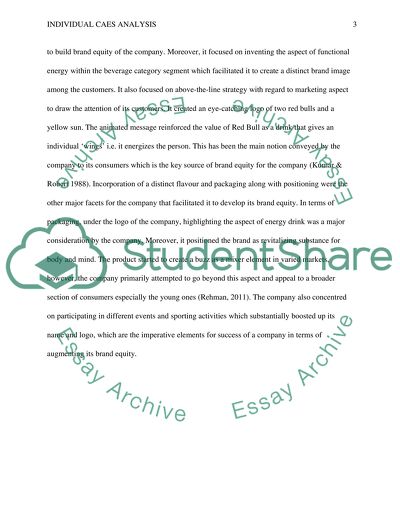Cite this document
(“Individual Case Analysis Essay Example | Topics and Well Written Essays - 1250 words - 1”, n.d.)
Retrieved from https://studentshare.org/marketing/1468772-individual-case-analysis
Retrieved from https://studentshare.org/marketing/1468772-individual-case-analysis
(Individual Case Analysis Essay Example | Topics and Well Written Essays - 1250 Words - 1)
https://studentshare.org/marketing/1468772-individual-case-analysis.
https://studentshare.org/marketing/1468772-individual-case-analysis.
“Individual Case Analysis Essay Example | Topics and Well Written Essays - 1250 Words - 1”, n.d. https://studentshare.org/marketing/1468772-individual-case-analysis.


